Nature is full of fascinating and sometimes brutal adaptations, but few are as shocking as the birthing process of the spotted hyena. You might think childbirth is a universally painful experience, but hyenas take it to an entirely new level.
Female hyenas have one of the most unusual reproductive anatomies in the animal kingdom—what appears to be a penis is actually an elongated clitoris, known as a pseudo-penis. This rare adaptation makes mating, birth, and survival incredibly difficult for both mother and cubs.
Let’s dive into the science, struggles, and evolutionary mysteries behind why hyenas experience one of the most challenging births in the wild.
Hyenas’ Unique Reproductive Anatomy: A Bizarre Evolutionary Twist
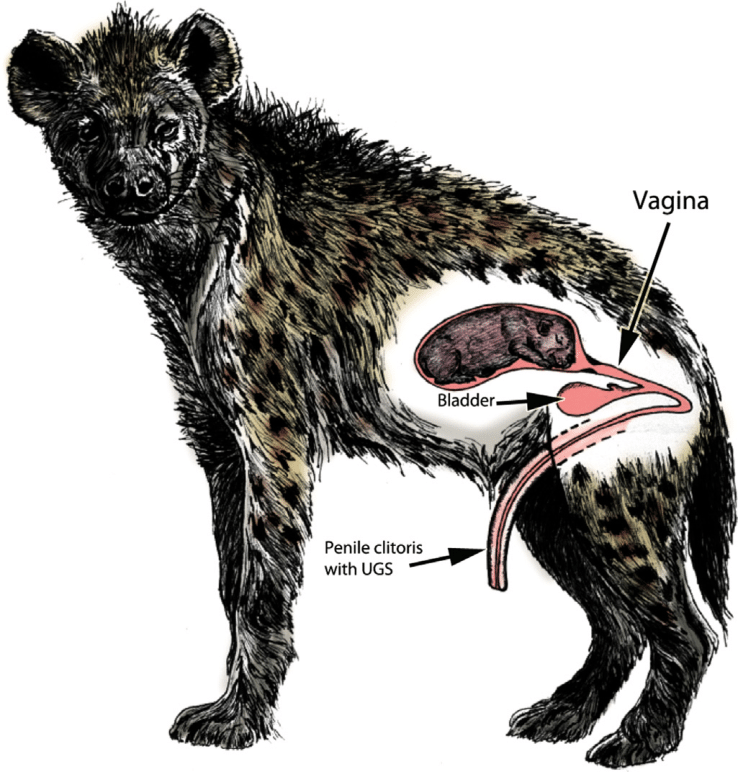
The female spotted hyena (Crocuta crocuta) is unlike any other mammal when it comes to reproduction. Unlike most female mammals, hyenas have no external vaginal opening. Instead, their labia are fused together, forming a pseudo-scrotum, and their clitoris is elongated into what resembles a fully functional penis.
This means that both mating and giving birth happen through a narrow, tough, and inflexible canal—a structure that poses serious risks to both mother and cubs.
But why would evolution favor such an extreme adaptation? The answer lies in hyena social structure and dominance.
The Link Between Dominance and Reproductive Anatomy
Hyenas live in strict matriarchal societies, where females outrank males in dominance. The unusual reproductive anatomy is believed to be an evolutionary adaptation linked to social hierarchy.
- A Display of Strength: A larger pseudo-penis might act as a dominance signal, making it clear which females hold power in the clan.
- Hormonal Influence: Female hyenas have higher testosterone levels than males, leading to increased aggression and dominance over the pack.
- Mating Challenges: Males must earn the right to mate, as females control copulation with their complicated anatomy.
Video : Hyenas’ Brutal Birth: The Most Painful Labor in the Animal Kingdom
While this system gives females power, it comes at a terrible cost when it’s time to give birth.
Why Giving Birth Is So Dangerous for Hyenas
Imagine trying to push a newborn through a passage too small, too rigid, and highly prone to tearing. That’s exactly what female hyenas go through every time they give birth.
Here’s what makes hyena birth so deadly:
- A Super Tight Birth Canal
- The pseudo-penis acts as the only birth canal, but it is long, narrow, and lacks the elasticity of a normal vagina.
- This makes labor extremely difficult and painful, with a high chance of the tissue tearing.
- First-Time Mothers Face the Worst Risks
- Many first-time mothers do not survive the birthing process due to severe ruptures.
- Those who do survive often suffer from long-term damage to their reproductive organs.
- High Cub Mortality Rate
- A staggering 60% of hyena cubs suffocate before they are fully delivered.
- Since the birth canal is so tight, cubs often become trapped and die before they can emerge.
- A Painful Recovery Process
- After birth, the pseudo-penis often ruptures completely, forcing it to heal over time.
- Mothers suffer weeks of pain and vulnerability while their bodies recover.
Despite these brutal challenges, hyenas continue to thrive, and their unique reproductive system has remained largely unchanged for millions of years.
How Do Hyenas Mate? The Struggles of Reproduction
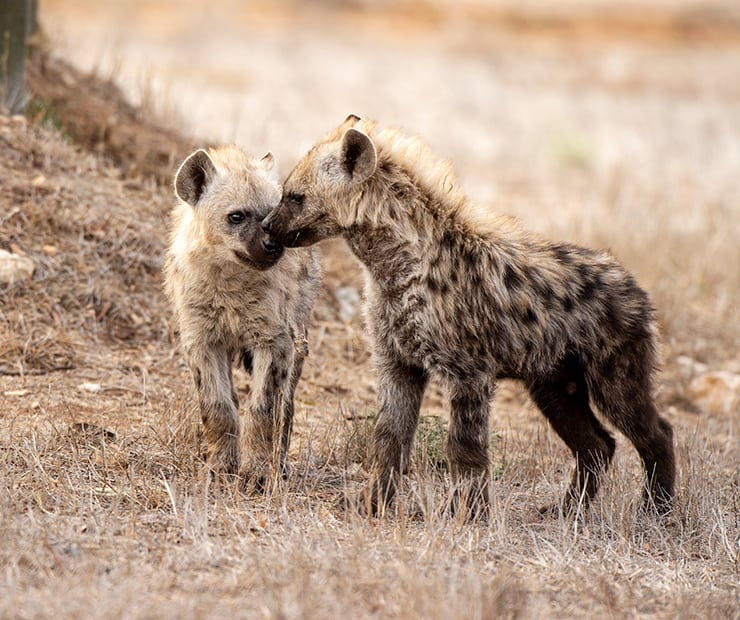
If you think birth is difficult for hyenas, mating is no easier. Males must overcome significant anatomical and social obstacles just to reproduce.
- Males Are Submissive to Females
- Unlike in many species where males dominate, male hyenas are the weaker sex in both power and ranking.
- They must approach females cautiously, often displaying submissive behavior to gain approval.
- Navigating the Pseudo-Penis
- Since females have no traditional vaginal opening, males must carefully maneuver through the pseudo-penis to copulate successfully.
- This requires both patience and precise positioning, making it one of the most complex mating processes in the animal world.
- Only the Strongest Males Get to Reproduce
- Males don’t fight each other for dominance like in other species. Instead, they must earn the female’s trust over time.
- Females choose mates based on persistence, patience, and respect, ensuring only the most determined males pass on their genes.
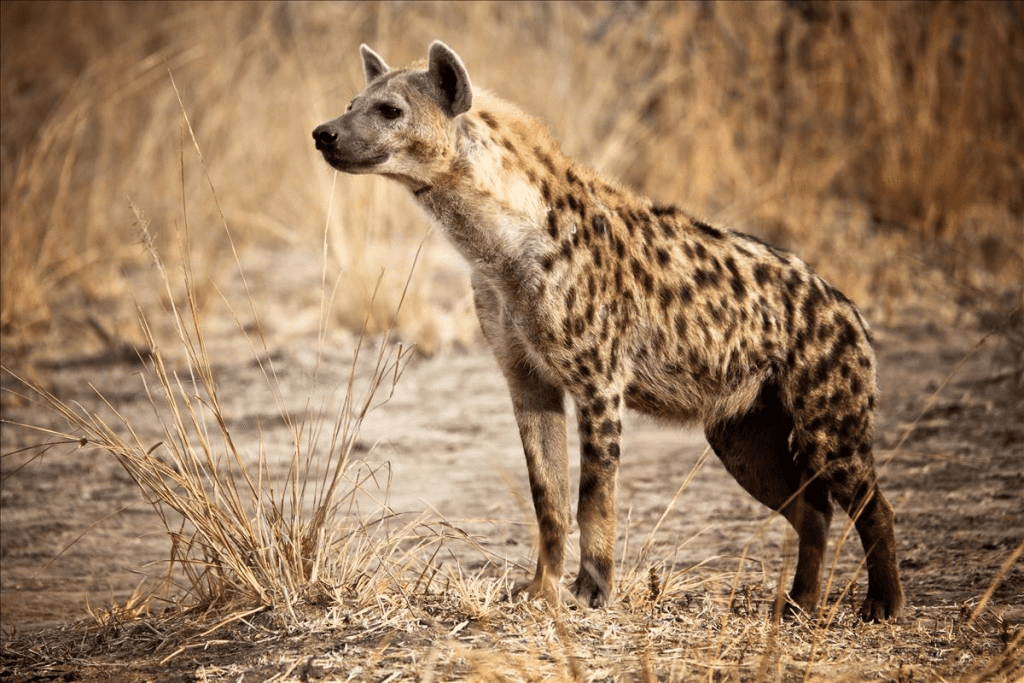
Given how dangerous and inefficient the reproductive process is for hyenas, one might wonder why evolution hasn’t corrected this issue.
The answer lies in survival strategy and social dynamics.
- Matriarchal Control Guarantees Stronger Cubs
- By limiting mating to only the most persistent males, female hyenas ensure that their cubs inherit strong genetics.
- This method prevents weaker genes from spreading, keeping the species robust.
- Higher Testosterone Helps With Survival
- The same high testosterone that makes birth difficult also makes female hyenas stronger and more aggressive.
- This aggression helps protect their cubs and maintain dominance in their environment.
- Fewer Cubs = More Resources
- Since many cubs don’t survive birth, the ones that do are often given more attention and resources.
- This ensures the strongest cubs make it to adulthood, increasing the clan’s overall survival rate.
The Resilience of the Spotted Hyena
Despite their brutal birthing process, hyenas have thrived for millions of years. Their ability to adapt, dominate, and survive proves just how powerful evolutionary trade-offs can be.
- They are among Africa’s most successful predators, competing with lions for food.
- Their clans are ruled by powerful females, ensuring only the strongest members survive.
- They have some of the most advanced social structures in the animal kingdom, making them highly intelligent and strategic.
Video : The Most Extreme Births In The Animal Kingdom
Conclusion: Nature’s Ultimate Test of Survival
Hyenas are proof that nature often prioritizes survival over comfort. Their unique reproductive anatomy, extreme birthing challenges, and dominance-driven society have allowed them to thrive despite overwhelming odds.
While their birth process remains one of the most painful and deadly in the animal kingdom, it also ensures that only the strongest females and cubs survive.
So the next time you see a spotted hyena, remember—they’re not just fierce scavengers. They’re survivors of one of evolution’s toughest reproductive challenges.
I Discovered Hotel Receipts in My Husband’s Car, Uncovering a Heartbreaking Truth — but Karma Took Its Toll on Him Severely

This shift in his pattern piqued my curiosity and concern. One weekend, while Derek was out visiting a friend, I decided to clean his car—a task that he usually took upon himself.
As I vacuumed the interior and wiped down the dashboard, I stumbled upon a stack of receipts tucked away in the glove compartment. My hands trembled slightly as I unfolded them, revealing charges for a hotel room right here in our town. The dates on these receipts coincided perfectly with the days he claimed to be out of town for work.
My initial instinct was to rationalize these findings. Maybe there was a reasonable explanation, like a mix-up with the receipts or perhaps he was helping out a friend in need. But as much as I wanted to dismiss my growing suspicions, the seeds of doubt had already been planted deep in my mind.
Determined to get to the bottom of this, I started to pay closer attention to Derek’s comings and goings. I started noting the times he left the house and the purported destinations for his business trips.
My scrutiny extended to collecting any and all receipts I could find—whether they were casually discarded in his pockets or left behind in his car. Most were mundane, everyday purchases, but every so often, another hotel receipt would surface among them, each one like a small jolt to my heart.
This pattern continued, each receipt adding weight to the uneasy feeling settling in my chest. The more I found, the more the pieces began to form a picture I was afraid to confront.
Yet, despite the mounting evidence, I hadn’t brought up my concerns with Derek. I was torn between not wanting to believe my husband could be deceiving me and the growing realization that I needed to address these doubts somehow.
The next few days were filled with a thick tension that seemed to permeate our home. Derek’s comings and goings became even more erratic, and his excuses grew increasingly flimsy. “I have to leave urgently,” he’d announce abruptly, and I’d nod, feigning indifference. But inside, my suspicion and resentment were building to a crescendo.
One evening, fed up with the lies, I decided to follow him. He left the house in a rush, barely managing a goodbye. I waited a few minutes before I quietly slipped into my car and trailed behind him from a safe distance.
My heart pounded as I drove, each turn he took adding to the tight knot of anxiety in my stomach. He didn’t head towards the office or any business district; instead, he pulled into the parking lot of the same hotel from the receipts.
I parked a little way off and made my way to the lobby, trying to blend in with the crowd. I found a discreet spot near the elevators from where I could observe without being seen.
It wasn’t long before I saw him—Derek, my husband, the father of my children—walking side by side with a woman. They were laughing, touching each other’s arms intimately, and then they embraced, a long, passionate hug that made my heart sink.
The shock of seeing them together, so close, so personal, was nearly overwhelming. My hands shook with a mix of anger, sorrow, and disbelief. Driven by a surge of adrenaline, I stepped out from my hiding spot and confronted them. The look on their faces was priceless—shock, guilt, fear—it was all there. Derek stammered, and tried to explain, but I didn’t want to hear any of it.
The next few days were a blur of arguments, tears, and revelations. It turned out that the woman was more than just a fling; Derek had believed they had something special.
But the ultimate betrayal came when I learned from a mutual friend that, shortly after our breakup, she had scammed him. She had persuaded Derek to open a joint account under the guise of starting a new life together. Then, without warning, she withdrew every penny and disappeared, leaving him devastated and financially ruined.
This revelation didn’t bring me any satisfaction. Instead, there was a hollow feeling of vindication mixed with immense sadness for the chaos that now surrounded what was once a family united. Derek was a broken man, deceived by someone he trusted, just as he had deceived me.
In the wake of our separation, I found myself reevaluating everything that had happened. Our home felt different, and emptier, as I dealt with the aftermath of Derek’s actions on our marriage and our family’s financial stability. The prenup, once a simple precaution, now seemed like a prescient safeguard that protected what little I had left for our children’s future.
Derek’s affair and the subsequent scam had not only ended our marriage but had also left him in ruins. It was a painful irony that he was duped in much the same way he had deceived me. Despite everything, I couldn’t help but feel a pang of sympathy for him—he was, after all, the man I had once loved deeply.
Now, as I stand in the quiet of what used to be our shared living room, I realize the depth of the betrayal and the indelible mark it has left on my life. Moving forward won’t be easy, but it’s necessary. For me, for our kids, and even for Derek, the path to healing is going to be a long one, but it starts with stepping out of the shadows of deception and reclaiming my life, one day at a time.

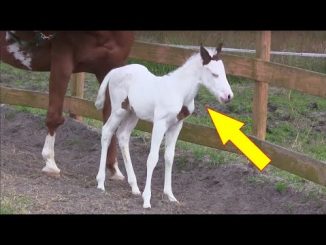
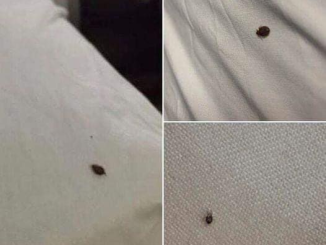
Leave a Reply